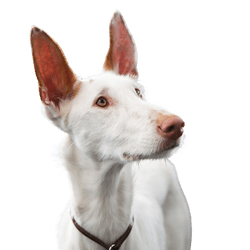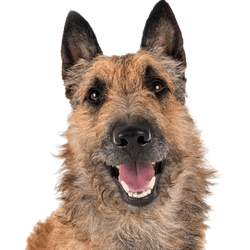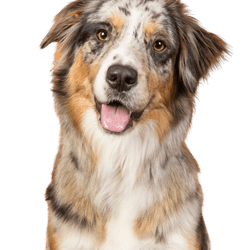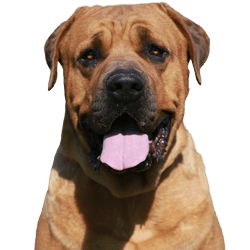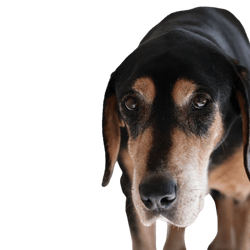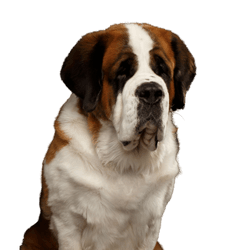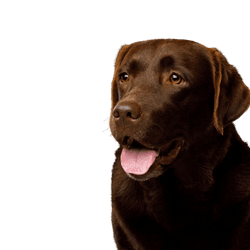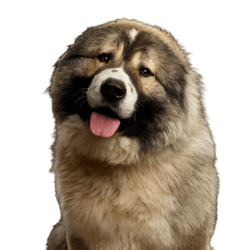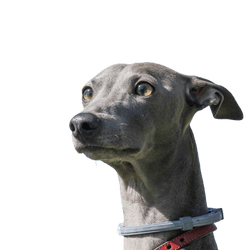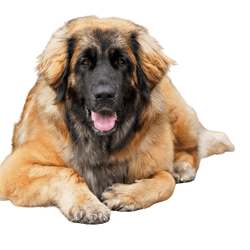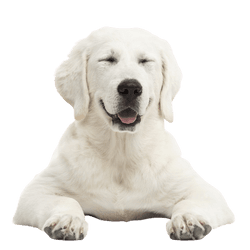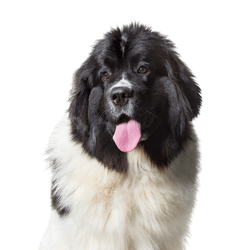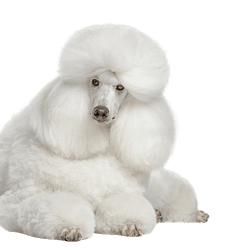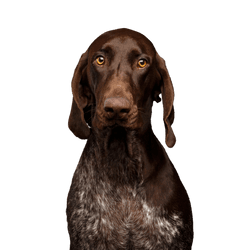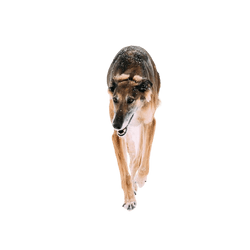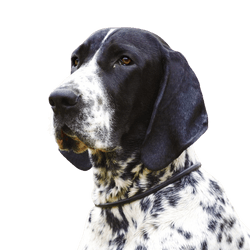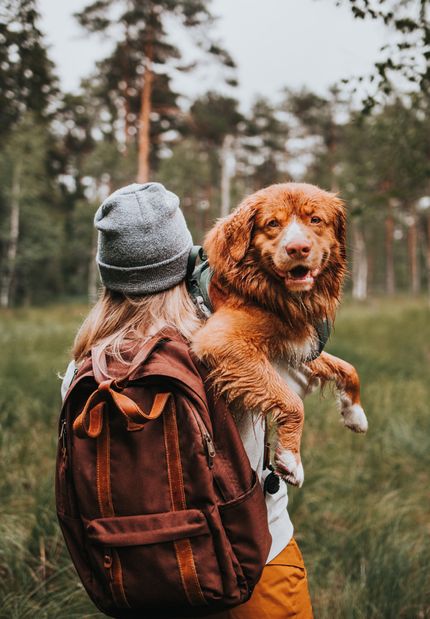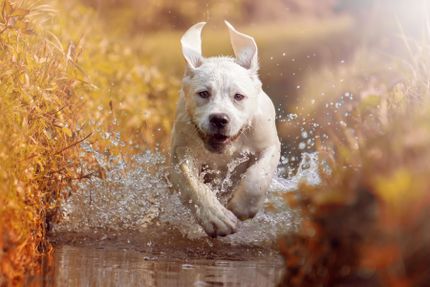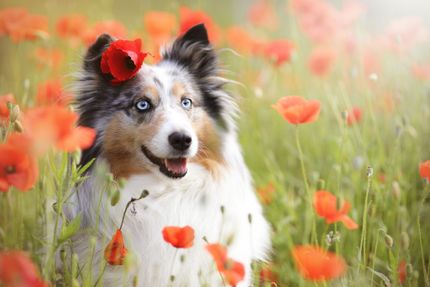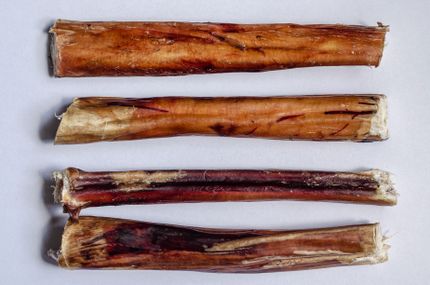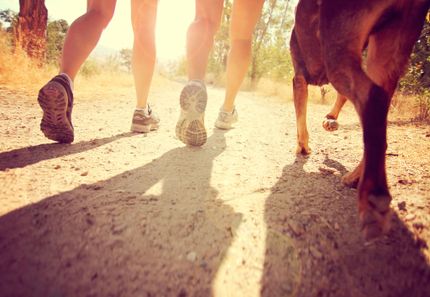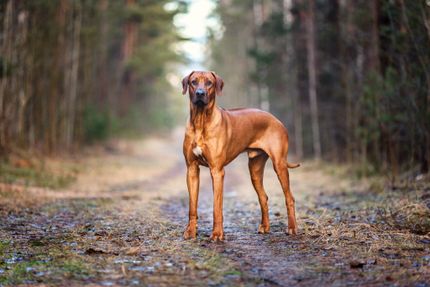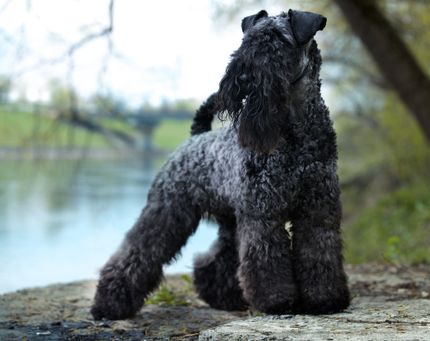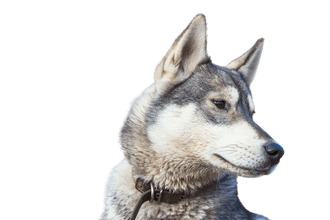
West Siberian Laika Breed description: Character & Co
West Siberian Laika
Facts & Origin
He looks like a small wolf, his cat-like elegance in movement fascinates the observer. But the West Siberian Laika is not a beginner's dog.
West Siberian Laika - All about the breed
There are several Laiki. Recognized by the FCI are the West Siberian Laika, the East Siberian Laika and the Russian-European Laika. They are all listed by the FCI in the group 5 of the top and dogs of the original type. They are assigned to section 2, the Nordic hunting dogs.
The history: hunters and workers from West Siberia
The West Siberian Laika is at home in West Siberia, in the Ob region and the forest zone of the Urals.
There he has been the indispensable helper and companion of hunters for centuries. However, it is probably even older.
In the middle of the 1920s a purposeful breeding of the different Laika races began.
In 1947 Russia established standards for different Laika breeds.
Since 1980 the West Siberian Laika is recognized by the FCI.




| Alternate Name | Zapadno-Sibirskaïa Laïka |
| Origin | Russia |
| Life expectancy | 10 - 12 years |
| Care requirements | low-maintenance |
| Activity level | high |
| FCI group | Nordic Hunting Dogs |
| AKC group | not recognised |
| KC group | not recognised |
Attitude, character and temperament of the breed
The nature: close attachment to the main reference person.
Like many hunting dogs, the Laika is extremely independent. At the same time, however, it is remarkably close to its main caregiver and strongly seeks its closeness.
The West Siberian Laika is extremely willing to work. If you do not use it for hunting, it should receive another kind of training, the pure existence as a family dog does not fill it.
Education
The West Siberian Laika should get his place in his pack already as a puppy. With calm, consistent training he will love its boss and accept the other pack members in a friendly way. It can also be very patient with children.
Since it is very independent, its upbringing can be a challenge. Attending a dog training school is definitely advisable. In addition, the Laika must have enough occupation in any case.
Attitude: close contact necessary
You should not leave your West Siberian Laika alone much, because it seeks and needs the closeness of its caregiver.
In addition, it has a strong urge to move, a city apartment is absolutely nothing for it.
Use
Due to its strength, intelligence and devotion, Laika can be used in many ways:
- It can be used very versatile as a hunting dog, because it has not only an outstanding sense of smell, but also an equally good sense of sight and hearing.
- Due to his close bond with 'its' human, it can also be used as a guard dog, rescue dog, draft dog or watch dog - together with its human.
- The West Siberian Laika is also suitable for dog sports such as agility or others where it can let off steam physically and from the head.
What else you should know about the West Siberian Laika. Laika should know
Due to its close relationship to the main person, the West Siberian Laika does not tolerate changes of ownership very well. You should therefore consider very carefully beforehand whether you feel up to this demanding dog.
Character
Usage

Health and breeding information
Health: robust
No breed-specific hereditary diseases are known in this robust dog. Even HD, which is otherwise common in dogs of this size, rarely occurs.
Care: little work
The robust coat requires a certain amount of care, it must be brushed thoroughly several times a week, more often during the coat change. Otherwise, the West Siberian Laika is undemanding. As with every dog it is necessary to control claws, paws. Eyes and ears regularly to control as well as the dental care in the eye to keep. The latter can be done by suitable chewing snacks or by brushing teeth with a dog toothbrush.
Breeding: strict rules
The breeding of the West Siberian Laika is subject to strict rules. It is strongly focused on the utility characteristics, so the appearance is not very uniform, the performance is all the greater. For breeding admission, the dogs must pass a working test.


The exterior: wolf with ring tail
Visually, the West Siberian Laika is somewhat reminiscent of a wolf. The shoulder height is 55 to 62 cm for the male, 51 to 59 cm for the female.
It appears muscular and strong. The coat is hard and long, extremely water-repellent with an abundant dense undercoat, making it ideally suited to life in its native Siberia. At the shoulder it often forms a kind of collar, in males a mane.
The head is narrow and wedge-shaped, the eyes are somewhat slanted. The ears are set high and pointed, the bite is strong.
The tail is carried as a curled tail over or beside the back.
The following colours are permitted
- Pure white
- Wolf colours
- Reddish brown
- Black
- Grey
- Pied
| Fur length | medium |
| Fur | - |
| Ear shape | Standing Ears |
| Tail | rolled up |
| Anatomy | rugged |
| Size ♀ | 51 - 59 cm |
| Weight ♀ | 18 - 25 kg |
| Size ♂ | 55 - 62 cm |
| Weight ♂ | 18 - 25 kg |
| Suitable For | - |
Colors


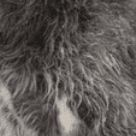

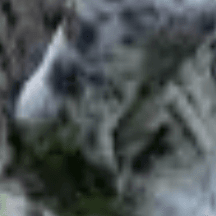
Other large dogs
Useful Articles
You can find articles that might interest you in the dogbible blog to match your favorite breed.
Visit our magazineto stay up to date on dog trends.
To find out more, view our Privacy Policy
Find here the breed that suits you and find out what character traits it has. Here you can also learn more about the origin, size and weight of your favorite breeds.
Matching your favorite breed, you'll find articles that might interest you on the dogbible dog blog.
KONG for the dog - the allround toy
Advantages of pedigree dogs to mongrel dogs
Chronic ear infection in dogs - what you can do
Hiking holiday with dog - this is what you should keep in mind!
